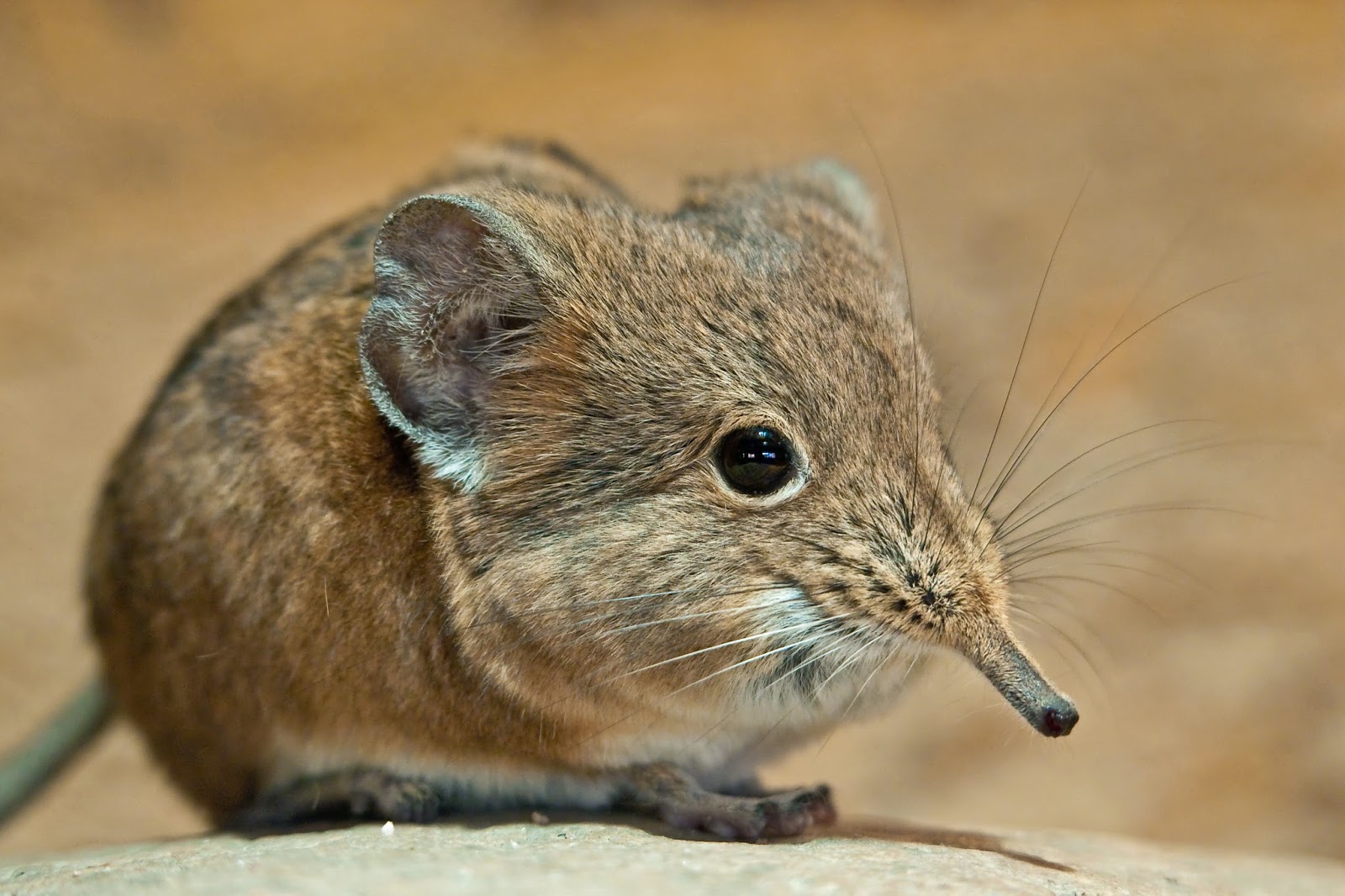Unveiling The Mysteries Of The Elephant Shrew
The elephant shrew, a fascinating creature native to Africa, often captivates the interest of both wildlife enthusiasts and casual observers alike. With their unique appearance and intriguing behaviors, these small mammals are not actually shrews but belong to their own distinct order called Macroscelidea. Their name derives from their long, flexible snouts, which resemble those of elephants, and their shrew-like body form. This remarkable combination of features has led to a variety of misconceptions about their biology and ecological significance.
The elephant shrew's habitat ranges across various regions in Africa, predominantly in forests, savannas, and grasslands. They are known for their remarkable agility and speed, often darting into dense underbrush when threatened. Despite their small size, these creatures play a crucial role in their ecosystems, contributing to seed dispersal and keeping insect populations in check. However, due to habitat loss and hunting, some species of elephant shrew are facing the threat of extinction, making it essential to study and protect them.
Understanding the elephant shrew's behavior, diet, and reproductive habits can provide insight into their ecological role and conservation needs. This article will delve into various aspects of elephant shrews, answering common questions and highlighting their unique characteristics, while also advocating for their protection in the wild.
What is an Elephant Shrew?
The elephant shrew, despite its name, is not a shrew but rather a member of an ancient group of mammals. These creatures are characterized by their long, pointed noses, large ears, and slender bodies. They are small animals, typically weighing between 0.5 to 2.5 kilograms, and ranging from 15 to 30 centimeters in length. Their fur is usually soft and dense, providing them with protection in their natural habitats.
Where Do Elephant Shrews Live?
Elephant shrews are predominantly found in Africa, inhabiting regions that span from the lush forests of the Congo Basin to the dry savannas of East Africa. They prefer habitats that offer them cover from predators, such as dense underbrush or leaf litter. Some common species include:
- Black and Rufous Elephant Shrew (Rhynchocyon petersi)
- Southern Elephant Shrew (Elephantulus edwardii)
- Giant Elephant Shrew (Macrosceloides proboscideus)
What Do Elephant Shrews Eat?
Elephant shrews are primarily insectivorous, meaning their diet mainly consists of insects such as beetles, ants, and termites. However, they are also known to consume fruits, seeds, and plant material, making them omnivorous. Their foraging behavior involves foraging on the ground, using their keen sense of smell to locate food hidden under leaves and soil.
How Do Elephant Shrews Reproduce?
Reproduction in elephant shrews is fascinating, as they exhibit monogamous pair bonding. After a gestation period of about two months, female elephant shrews give birth to a litter of one to three young. The young are precocial, meaning they are relatively mature and mobile shortly after birth. This adaptation allows them to evade predators more effectively.
What Threats Do Elephant Shrews Face?
Despite their adaptability, elephant shrews face several threats that put their populations at risk. Habitat loss due to deforestation, agricultural expansion, and urbanization is a significant concern. Additionally, they are hunted for bushmeat in some regions, further exacerbating their decline. Conservation efforts are crucial to ensure the survival of these remarkable creatures.
How Can We Help Protect Elephant Shrews?
Conservation initiatives aimed at protecting elephant shrews include habitat preservation and restoration, along with raising awareness about their ecological importance. Here are some ways individuals can contribute:
- Support wildlife conservation organizations focused on African ecosystems.
- Promote sustainable land use practices in communities.
- Participate in educational programs about biodiversity and conservation.
Are Elephant Shrews Endangered?
Some species of elephant shrew are classified as endangered or vulnerable due to the threats they face. The International Union for Conservation of Nature (IUCN) assesses the conservation status of species globally, and several elephant shrew species are listed as such. Conservation actions are necessary to prevent further population declines and to ensure these unique mammals continue to thrive in their natural habitats.
What Unique Characteristics Do Elephant Shrews Possess?
Elephant shrews are known for their remarkable agility and speed. They can reach speeds of up to 28 kilometers per hour, making them one of the fastest small mammals in their range. Their keen sense of hearing and smell aids in locating food and detecting predators. Furthermore, they have a unique behavior called "scent marking," where they use their urine to mark their territory, communicating with other elephant shrews in the area.
Conclusion: Embracing the Elephant Shrew
The elephant shrew, with its unique features and behaviors, serves as a reminder of the importance of biodiversity in our world. By understanding and appreciating these captivating creatures, we can take steps to ensure their survival for future generations. Protecting the elephant shrew not only benefits its species but also supports the health of the ecosystems in which they play a vital role.
Transform Your Bedroom With A Luxurious White Comforter Set
Unraveling The Yellowstone Bison Attack: Nature's Raw Power
Bhad Bhabie: The Truth Behind Her Boobs


